
Jul
Source of Funds vs. Source of Wealth (SoF vs. Sow)
SoF refers to the origin of the funds involved in a transaction, while SoW pertains to the total accumulation of a customer's wealth over time. In the context of SoF vs. SoW, banks, and financial institutions place significant emphasis on…
Read More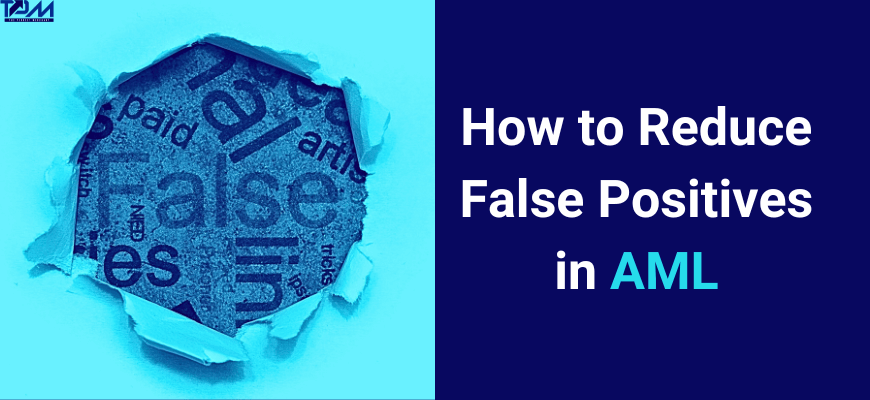
Jul
AML False Positives: How To Identify and Reduce Them
Your AML system flags so many transactions as suspicious, only to find out later that they were perfectly legitimate. This phenomenon, known as false positives, can be a real headache. What Are AML False Positives AML false positives occur when…
Read More
Jul
Smurfing Vs. Structuring in Money Laundering: A Complete Guide
Smurfing vs. structuring—both are methods used in the “placement” stage of money laundering, where illicit money is introduced into the financial system. In this piece, we will examine smurfing vs. structuring, offering a detailed look at smurfing and structuring in…
Read More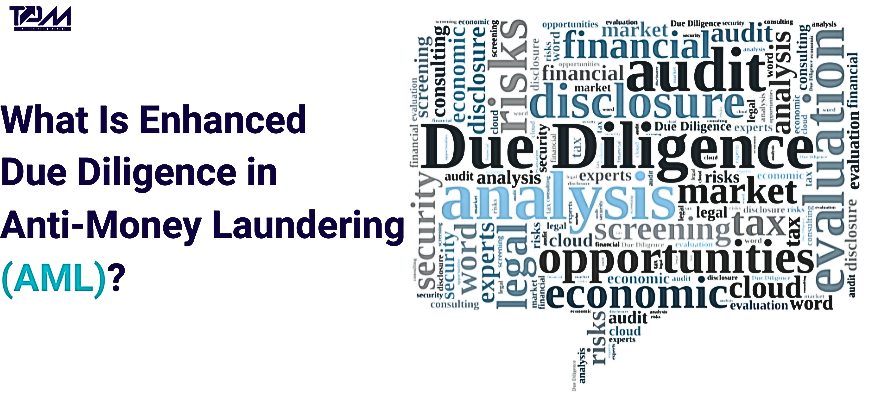
Jul
What Is Enhanced Due Diligence (EDD) In AML?
When it comes to anti-money laundering (AML), one significant aspect that businesses and financial institutions must grasp is enhanced due diligence (EDD). Why is EDD so important? Imagine you’re responsible for protecting your company against financial crime. Basic checks might…
Read More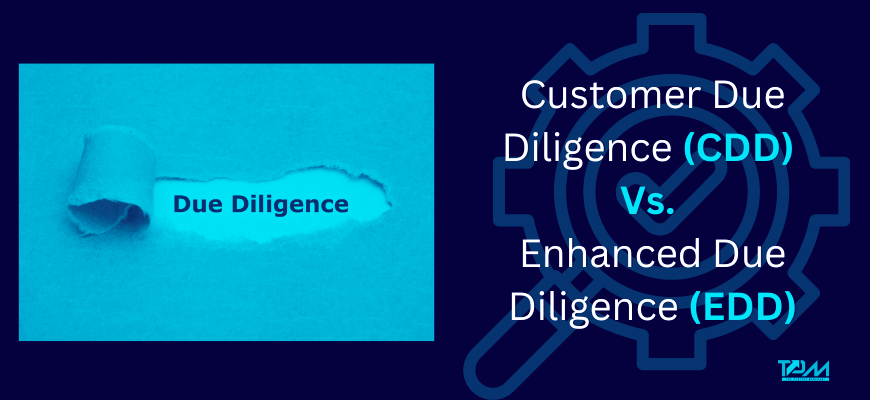
Jul
Customer Due Diligence (CDD) vs. Enhanced Due Diligence (EDD)
CDD and EDD are important processes to prevent money laundering and terrorism financing. They differ in how detailed the investigations are. Before getting into details, let's first cut straight to what is the difference between CDD and EDD with a…
Read More
Jun
Emerging AML Trends to Watch In 2024 (And 2025)
If you’re any financial or non-financial (AML-obligated) business, you need to stay on top of the latest AML trends. This article covers key emerging AML technology trends that can help you remain compliant and efficient. Bookmark this skimmable guide to…
Read More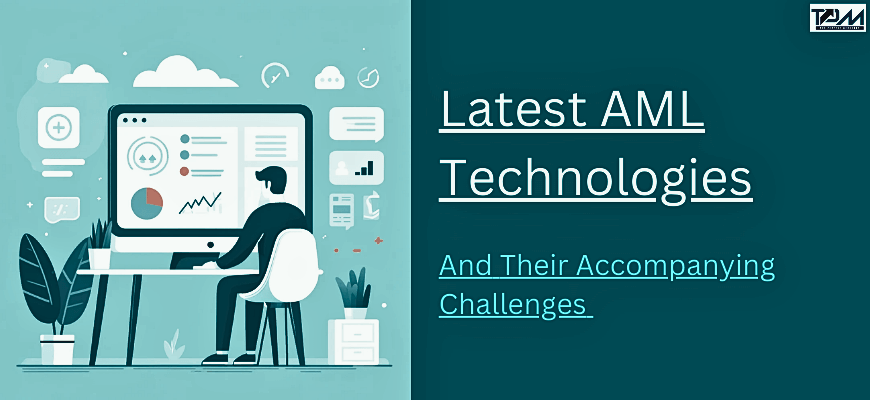
May
Latest AML Technologies And Their Accompanying Challenges
If you’re a business that must abide by AML rules, staying ahead with the latest AML technologies is non-negotiable. But do you really know what these upcoming technologies are and the core AML challenges they bring? Let’s cut to the…
Read More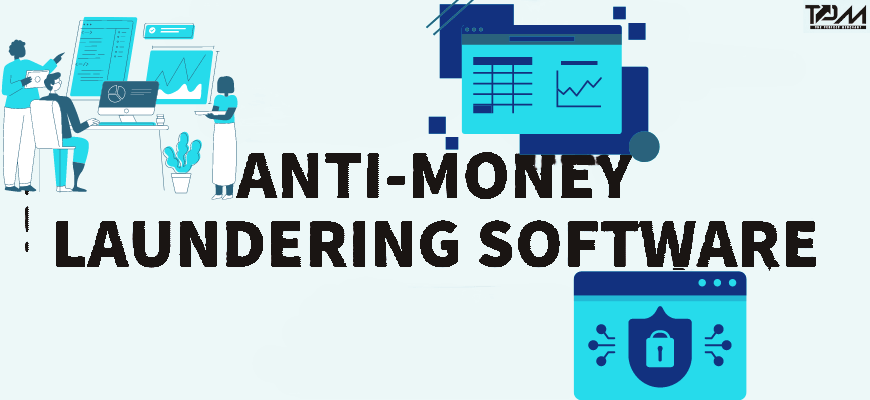
May
The 5 Major Types of AML Software Used Worldwide
Talking about money laundering and related crimes definitely seems intriguing, but the real challenge is using AML software applications to fight these crimes effectively. Financial institutions like banks, insurance companies, and fintech firms struggle to keep up with changing money…
Read More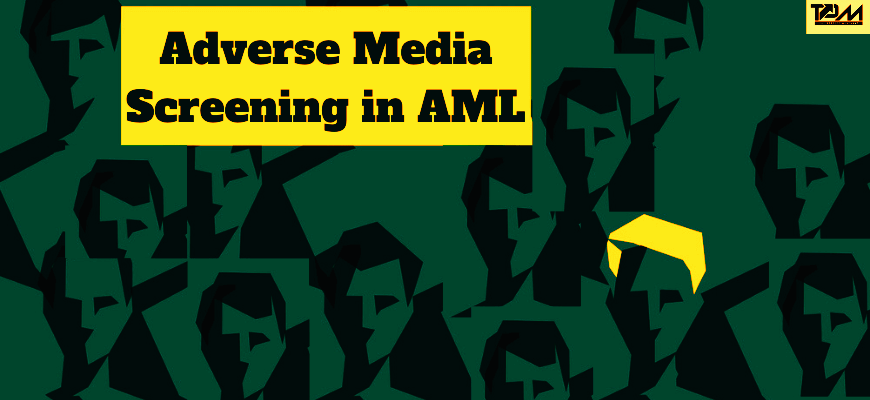
May
What Is Adverse Media (Or Negative News) Screening in AML?
At its core, adverse media refers to any unfavorable information that could adversely affect the evaluation of a subject's integrity or creditworthiness. Adverse media screening spans a range of content from news articles and blog posts to legal filings and…
Read More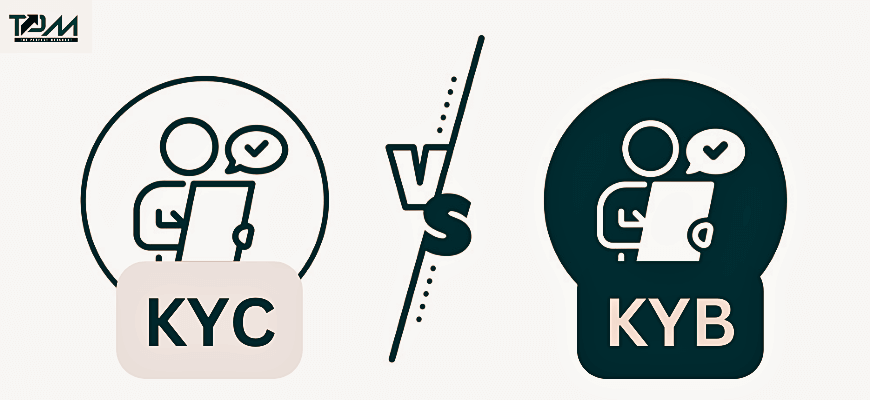
May
What is Know Your Business (KYB)? Difference Between KYC and KYB
As the “global village” expands, verifying business identities through the KYB process has become almost inevitable for each enterprise engaging in cross-border operations. KYB is all about understanding the companies you do business with. In this piece, get to…
Read More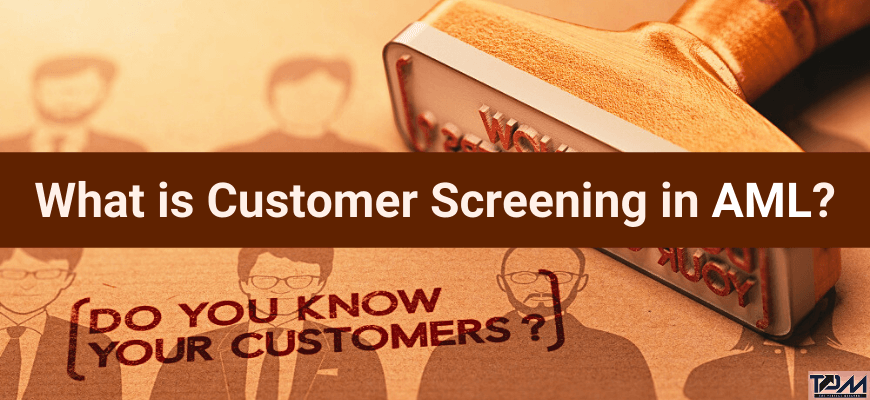
Apr
What Is AML Customer Screening And Why Is It So Important?
Customer screening stands as the first port of call in the global fight against money laundering, and it cannot be overlooked. Let’s find out why. An effective customer screening process – 1. Kick-starts the AML compliance cycle for financial institutions.…
Read More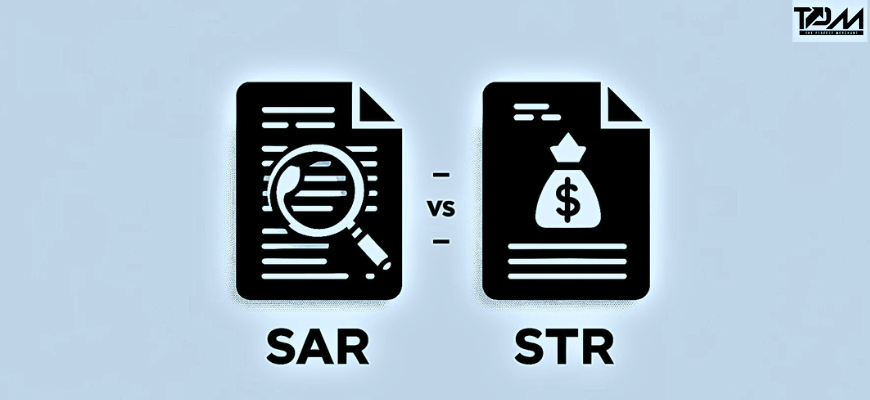
Apr
Suspicious Activity Report (SAR) Vs. Suspicious Transaction Report (STR)– What’s The Difference?
In anti-money laundering (AML) efforts, the comparison between “suspicious activity report vs suspicious transaction report” often comes up. SAR and STR are the final AML checks that come after the initial steps, like verifying who someone is and keeping an eye…
Read More